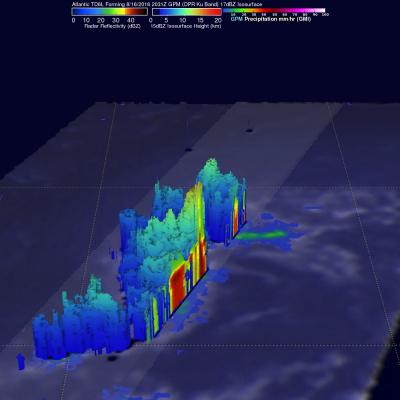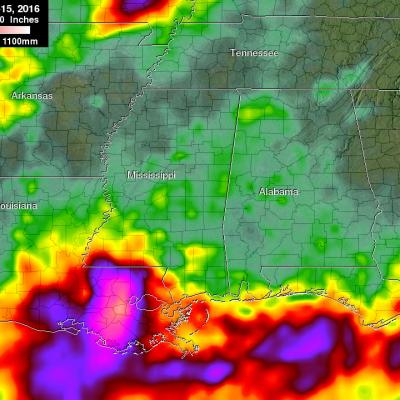New Products: L2 and L3 GPROF for the NPP ATMS
Level 2 and Level 3 GPROF products for the NPP ATMS, starting from data date 2014-03-01 are in production and will be available to our registered users at: ftp://arthurhou.pps.eosdis.nasa.gov/ These products can also be ordered through PPS's STORM https://storm-pps.gsfc.nasa.gov/storm/ To register please visit: http://registration.pps.eosdis.nasa.gov/registration/ The DataType designation for these products include: 2AGPROFNPPATMS 3GPROFNPPATMS 3GPROFNPPATMS_DAY and they are under the ftp directory: ftp://arthurhou.pps.eosdis.nasa.gov/gpmdata/yyyy/mm/dd/gprof GPM GPROF (Level 2) Algorithm




